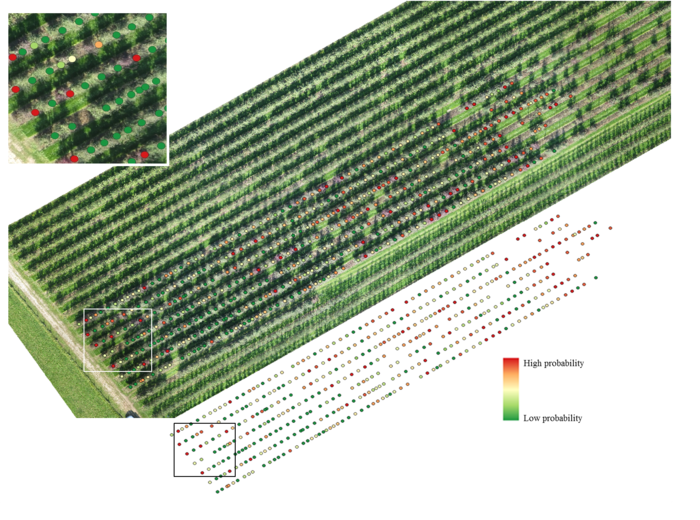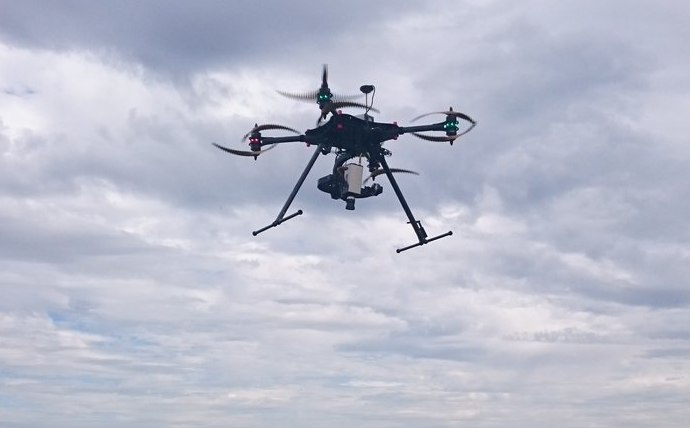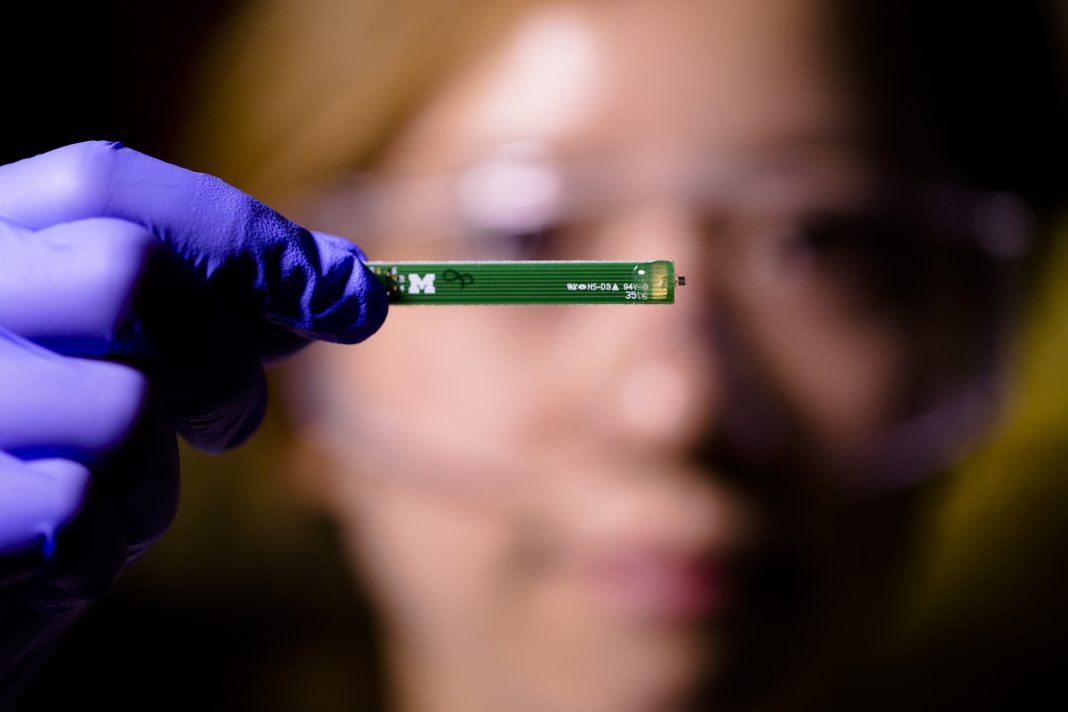A new camera from Cubert, working in collaboration with VITO Remote Sensing and imec, based on research from the European Space Agency, is bringing high-resolution details to precision farming.

Precision farming relies on *hyperspectral imaging to gather additional information about crops for making the best decisions on resource and field management. The ButterflEYES LS from Cubert can now provide these images with in focus details as minute as five centimeters. Also, since it weighs only 400g, it is easily carried by a drone over large and varied land masses.
Hyperspectral imaging can capture visual information in a variety of wavelengths, including near-infrared. Because of this added feature, a hyperspectral camera allows its users to see processes or problems that might otherwise be invisible to in normal imaging.
One of the key differences between previous hyperspectral cameras and the ButterflEYES LS camera is the use of an incorporated filter in imec’s ultra-small sensor as opposed to the traditionally used prism that would make the camera too large for unmanned aircraft. Additionally, the image processor from VITO was developed after working on ESA remote sensing satellites.
Currently, the camera is being tested on three different projects: agricultural research in Australia, biological diversity studies in Denmark, and commercial data gathering for farmers in Italy. The resulting feedback of these programs will go on to inform development for a future commercially available model.
*Hyperspectral imaging, like other spectral imaging, collects and processes information from across the electromagnetic spectrum. The goal of hyperspectral imaging is to obtain the spectrum for each pixel in the image of a scene, with the purpose of finding objects, identifying materials, or detecting processes. Via Wikipedia
More News to Read
- 3D Printing’s Even More Affordable Now Thanks to SparkMaker
- Is it the End of the Road for Silicon Chips?
- Researches Made a Softer and Smarter Robotic Arm for Endoscopic Surgeries
- Breakthrough for Alzheimer’s Patients Comes in the Form of Enzyme Blockage
- Researchers Use AI Algorithm to Help Those Suffering From Sleep Disorders











